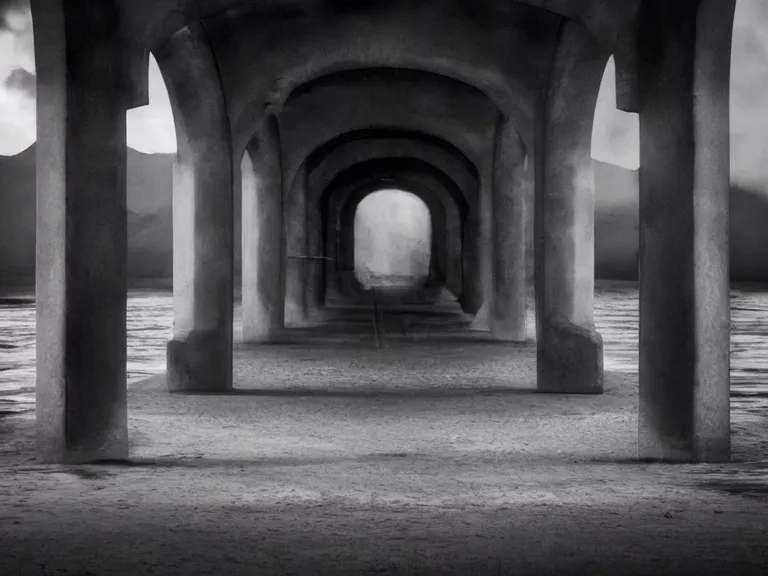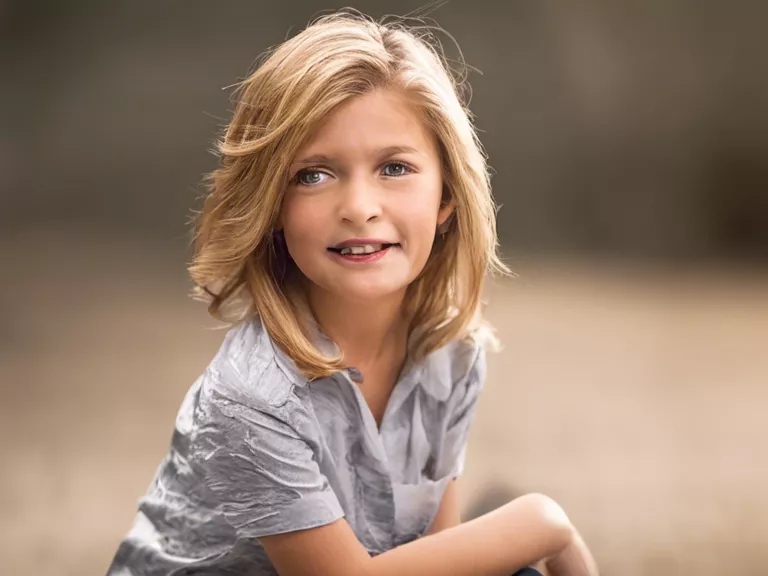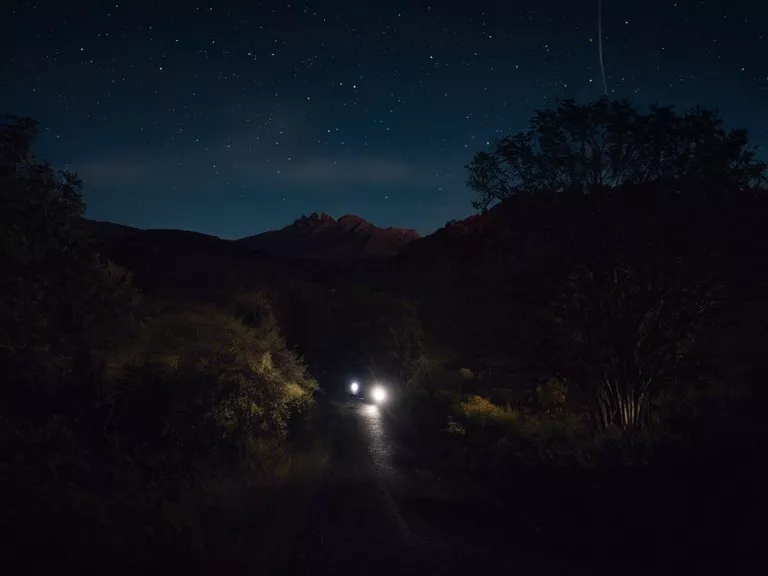
Composition is key in photography. It can make or break a photograph, turning a simple snapshot into a stunning piece of art. Understanding the essential techniques of composition is crucial for any photographer looking to improve their skills. In this article, we will discuss some of the key principles of composition and how you can apply them to your own photography.
Rule of Thirds: The rule of thirds is one of the most basic and important principles of composition. It involves dividing your frame into a grid of nine equal parts using two horizontal and two vertical lines. By placing your subject at the intersection of these lines, you can create a more dynamic and visually appealing image.
Leading Lines: Leading lines are a powerful compositional technique that can help draw the viewer's eye into the image. These lines can be anything from roads and rivers to fences and trees. By using leading lines to guide the viewer's gaze, you can create a sense of depth and movement in your photos.
Symmetry and Patterns: Symmetry and patterns can add a sense of harmony and balance to your images. Look for natural or man-made patterns in your environment, such as reflections in water or rows of trees, and use them to create visually striking compositions.
Foreground, Middle Ground, Background: By including elements in the foreground, middle ground, and background of your image, you can create a sense of depth and dimension. This technique helps to give your photos a three-dimensional quality and can make them more engaging for the viewer.
Negative Space: Negative space refers to the empty areas in your composition. By using negative space effectively, you can create a sense of balance and simplicity in your images. Don't be afraid to leave some empty space around your subject to give it room to breathe.
In conclusion, mastering the art of composition in photography is essential for creating compelling and impactful images. By understanding and applying these key techniques, you can take your photography to the next level and produce stunning photographs that will captivate your audience.



